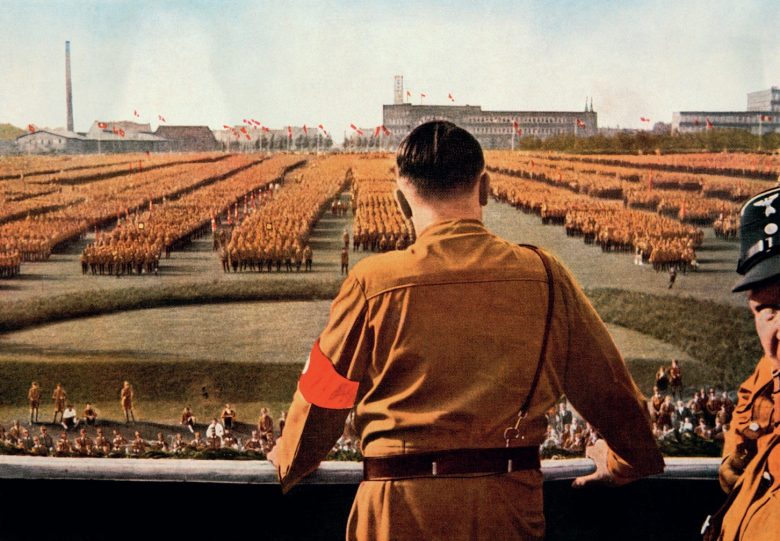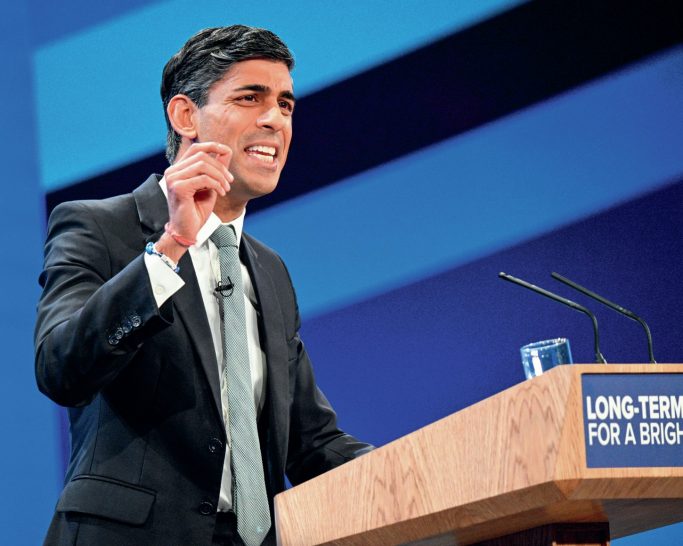
Commentaries on contemporary US politics probably use one word more than any other — ‘polarisation’. Republicans and Democrats have, it is said, moved further and further apart. Indeed, the most widelyused measure of votes in Congress suggests that the principal political parties are further apart in terms of policies and values than at any time since the Civil War of 1861–65.
Polarisation has important consequences. Some say that it ‘pollutes’ political discourse. The campaign advertisements issued by the Obama and Romney campaigns and the super PACs backing them during the 2012 presidential campaign have been unremittingly negative in character. More importantly, the distance between the parties prevents the cooperation and coalitionbuilding that a political system based on checks and balances requires.
Your organisation does not have access to this article.
Sign up today to give your students the edge they need to achieve their best grades with subject expertise
Subscribe




